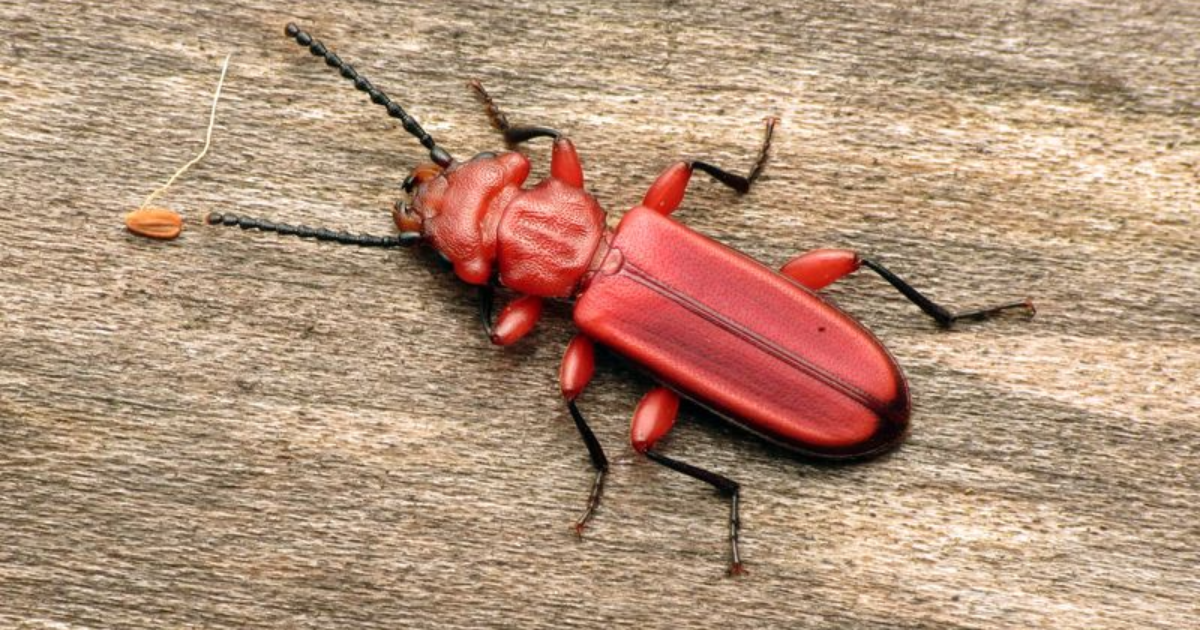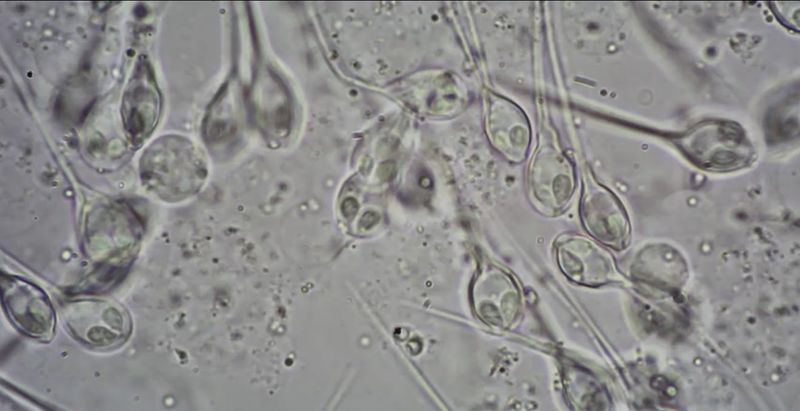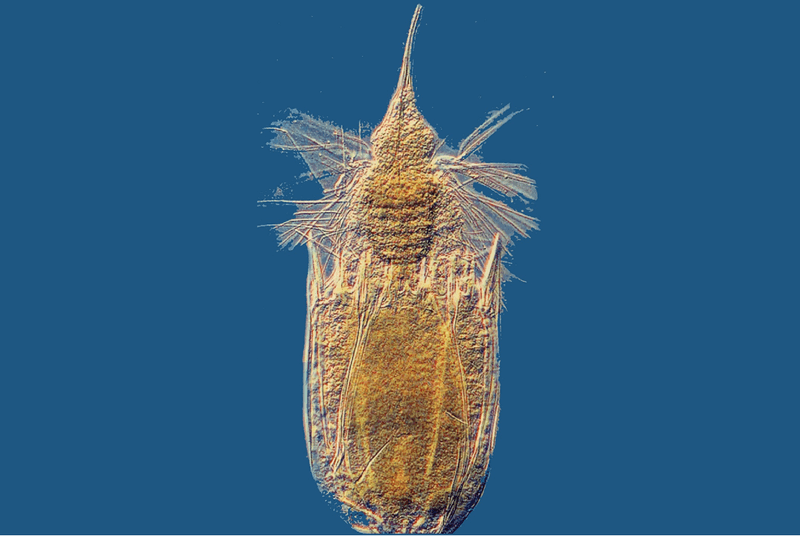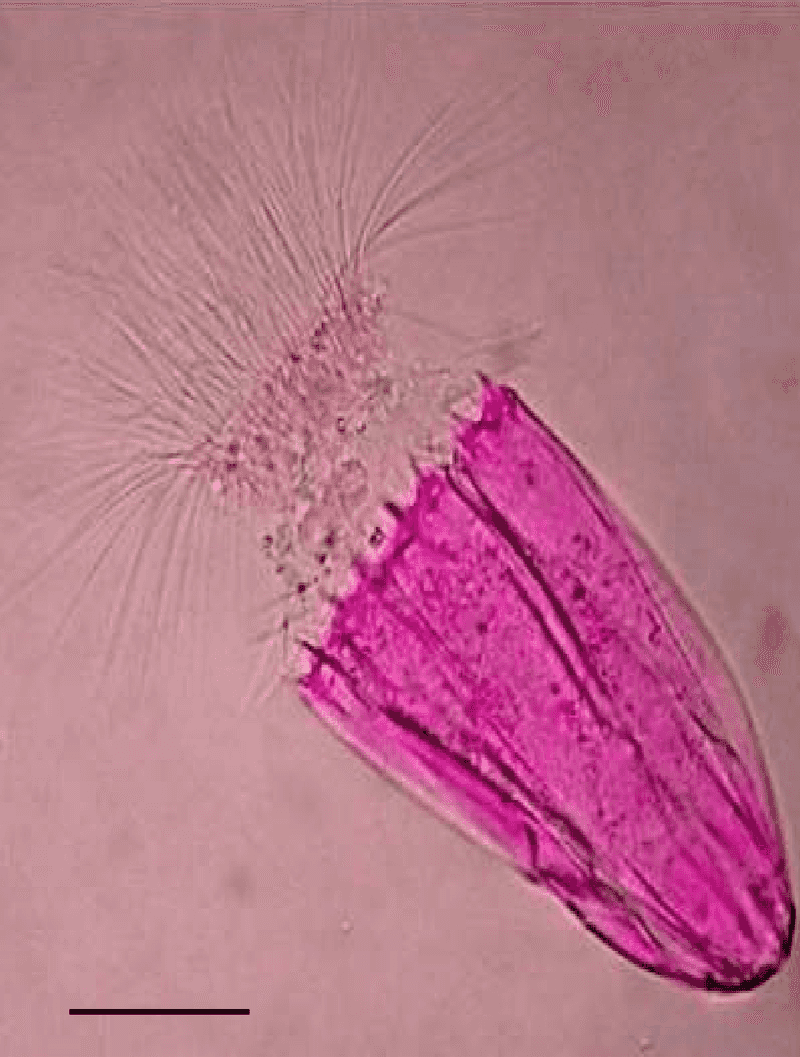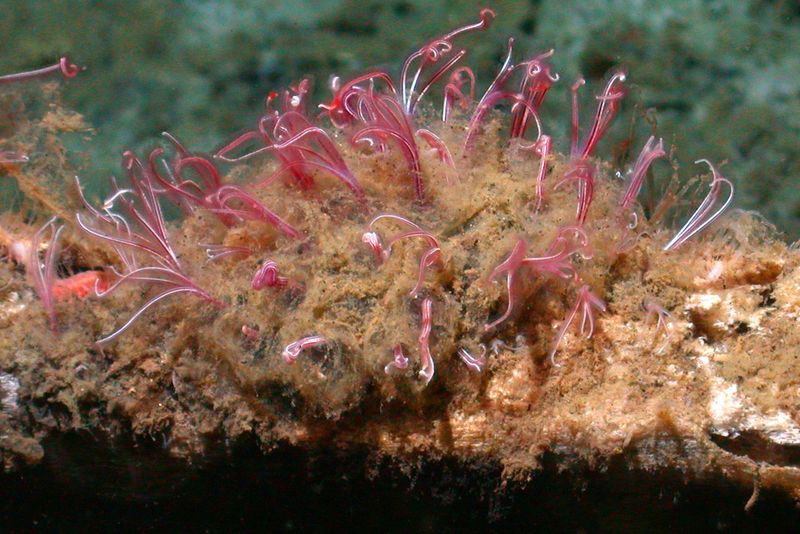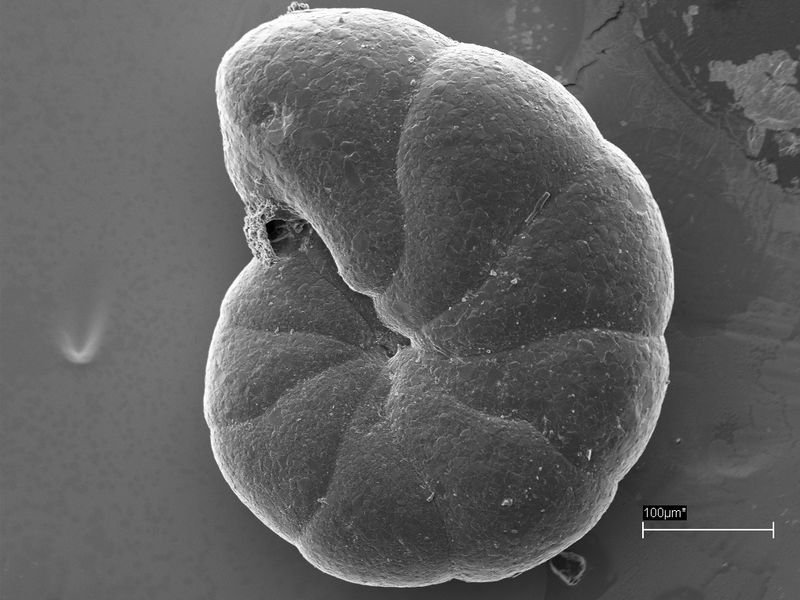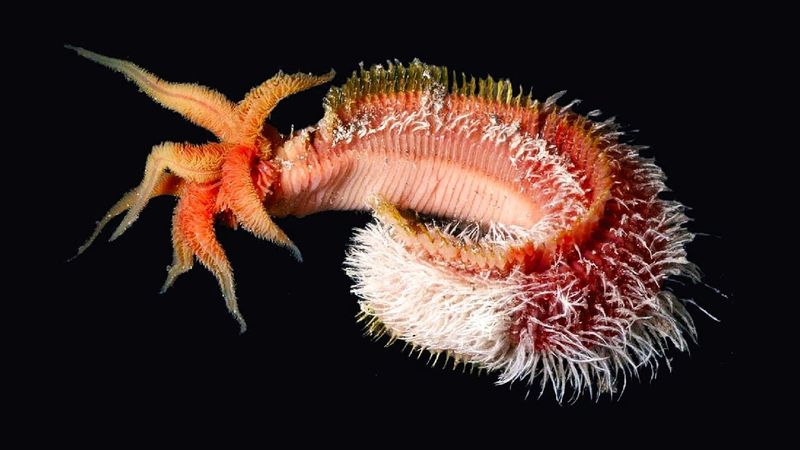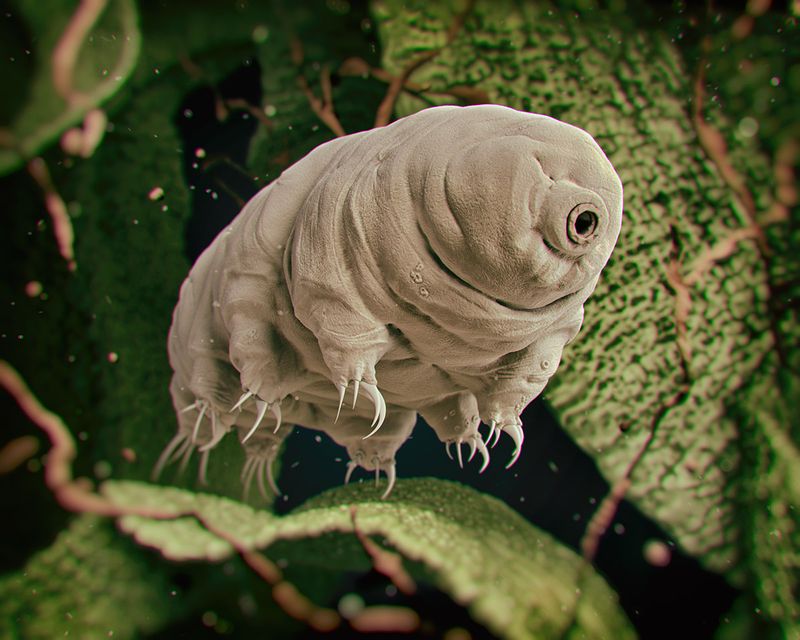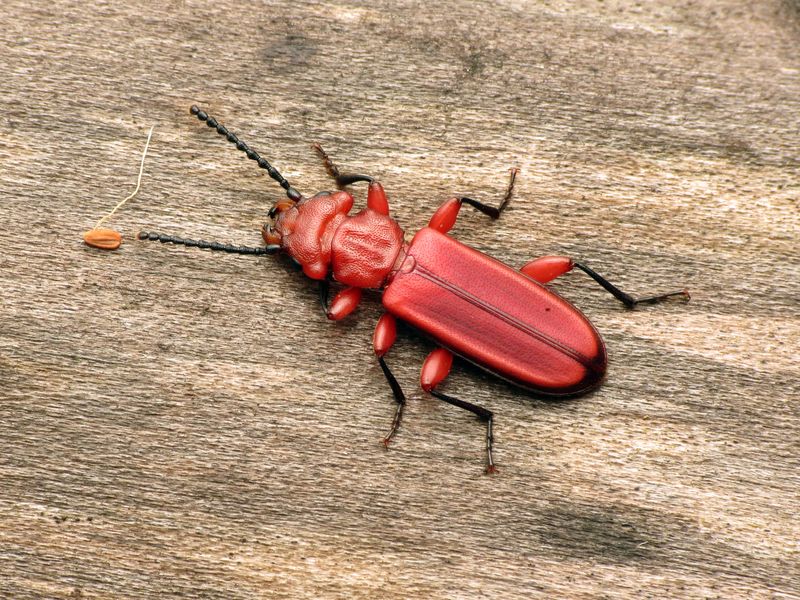📖 Table of Content:
When we think of life, oxygen often seems essential—after all, it’s what most creatures, including humans, rely on to survive.
But in the diverse world of biology, some remarkable species have evolved to thrive without it. These oxygen-independent animals challenge our understanding of survival and adaptation, inhabiting environments as extreme as the deep sea, underground caves, and even within other organisms.
From microorganisms that redefine what it means to be alive to multicellular animals that manage without breathing, these fascinating creatures have unique adaptations that allow them to bypass oxygen entirely.
Let’s explore eight extraordinary animals that prove life can exist in the most unexpected ways, showing us that nature always finds a way.
8. Henneguya salminicola
Henneguya salminicola is a fascinating microscopic parasite living within the muscles of salmon. What makes this creature extraordinary is its ability to survive without oxygen, a feat unheard of in the animal kingdom.
Scientists discovered that it lacks mitochondrial DNA, which is typically responsible for using oxygen to produce energy. This absence allows Henneguya salminicola to thrive in low-oxygen environments.
This tiny parasite is known for its translucent, jelly-like appearance, often described as having a ghostly quality. It is part of the Myxozoa class, a group of parasitic animals that have long puzzled scientists with their baffling biology.
The presence of Henneguya salminicola in salmon does not harm the fish, making it a benign presence within its host.
7. Loricifera
Loricifera are microscopic marine animals that have adapted to life in some of the most inhospitable environments on Earth, such as the anoxic, or oxygen-free, sediments of the ocean floor. These tiny creatures are notable for their unique ability to thrive without oxygen, a trait that sets them apart from most animal life.
Loricifera possess a tough outer shell known as a lorica, which protects them from their harsh surroundings. This shell is covered with spines that provide additional defense against predators, making Loricifera highly specialized for their niche habitats.
The discovery of Loricifera living in such extreme conditions has expanded our understanding of life’s resilience and adaptability.
Their existence challenges previous assumptions about the necessity of oxygen for animal life, opening up new avenues for research into life’s potential on other planets or extreme environments.
6. Spinoloricus cinziae
Spinoloricus cinziae is a remarkable deep-sea organism found in the anoxic environments of the L’Atalante basin in the Mediterranean Sea. This unique creature has evolved to survive without oxygen, relying instead on hydrogenosomes, organelles that generate energy anaerobically.
Belonging to the phylum Loricifera, Spinoloricus cinziae is adapted to life in extreme conditions, where oxygen is entirely absent. Its spiny exterior helps it navigate and anchor itself in the sediment, enhancing its survival in the deep-sea environment.
The discovery of Spinoloricus cinziae has intrigued scientists and sparked interest in the study of anaerobic adaptations. This organism’s existence in such challenging conditions poses questions about the potential for life in similar environments elsewhere, making it a subject of astrobiological research.
5. Osedax
Osedax, often called the “bone-eating worm,” is a deep-sea creature that survives in an unusual and oxygen-poor niche. Discovered on whale carcasses on the ocean floor, Osedax thrives by burrowing into bones to extract nutrients. This unique lifestyle allows it to avoid competition in the deep-sea environment.
These worms have a symbiotic relationship with bacteria that help digest the fats and oils within the bones, a process that requires minimal oxygen. The vibrant colors and delicate, tentacle-like structures of Osedax give it an otherworldly appearance, standing out in the stark, deep-sea landscape.
The study of Osedax offers insights into the recycling of nutrients in marine ecosystems and the adaptation of life in low-oxygen habitats.
Its existence showcases the incredible diversity of survival strategies in the ocean, enriching our understanding of life’s resilience and the potential for similar organisms to exist elsewhere.
4. Haplophragmoides bradyi
Haplophragmoides bradyi is a species of foraminifera that thrives in marsh environments, where oxygen levels can be surprisingly low. This single-celled organism constructs its shell by incorporating mineral particles from its surroundings, giving it a unique appearance.
Despite being a single-celled organism, Haplophragmoides bradyi exhibits remarkable survival abilities. It can endure long periods without oxygen by entering a state of dormancy, only to revive and continue its lifecycle when conditions improve. This adaptation allows it to inhabit environments where oxygen is sporadically available.
The resilience of Haplophragmoides bradyi offers insights into the survival mechanisms of microorganisms in fluctuating conditions.
Its ability to persist without oxygen highlights the diverse strategies life can employ to overcome environmental challenges, providing inspiration for the study of life’s potential to adapt to extreme conditions.
3. The Pompeii Worm (Alvinella pompejana)
The Pompeii Worm, scientifically known as Alvinella pompejana, inhabits the extreme environment of deep-sea hydrothermal vents. These worms are exposed to temperatures nearing boiling point and thrive in low-oxygen conditions. Their survival is facilitated by a symbiotic relationship with bacteria residing on their backs.
These bacteria provide necessary nutrients and help insulate the worms from the intense heat, allowing them to endure conditions that would typically be lethal. The Pompeii Worm’s striking appearance, with its colorful bristles and rugged texture, adds to its intrigue.
Understanding the Pompeii Worm’s adaptations to such extreme environments not only enriches our knowledge of deep-sea ecosystems but also suggests potential applications in biotechnology.
The study of its heat-resistant proteins and symbiotic relationships could inspire innovations in medicine and industry, demonstrating the potential of life to adapt and thrive in seemingly uninhabitable conditions.
2. Tardigrades
Tardigrades, affectionately known as “water bears,” are microscopic creatures renowned for their resilience and ability to survive in extreme environments. These tiny organisms can enter a state called cryptobiosis, effectively suspending their metabolism to endure harsh conditions, including the absence of oxygen.
Tardigrades have been found in diverse habitats, from the deep sea to the icy Arctic, showcasing their incredible adaptability. Their adorable, bear-like appearance belies their toughness, as they can survive radiation, desiccation, and even the vacuum of space.
The study of tardigrades has fascinated scientists, providing insights into potential life forms that might exist beyond Earth. Their ability to survive without oxygen opens up possibilities for biotechnological applications, such as developing new preservation techniques.
1. The Red Flat Bark Beetle (Cucujus clavipes)
The Red Flat Bark Beetle, known scientifically as Cucujus clavipes, is an insect that possesses remarkable adaptations for surviving in oxygen-poor environments, particularly in cold habitats where oxygen solubility is reduced.
Found under the bark of trees, these beetles can endure freezing temperatures that would typically be lethal.
During winter, they produce antifreeze proteins that prevent ice formation within their bodies, allowing them to survive with limited oxygen availability. Their flat, red bodies enable them to squeeze into narrow crevices beneath the bark, minimizing exposure to the elements.
The Red Flat Bark Beetle’s adaptations have intrigued researchers, offering potential applications in cryopreservation and cold storage technologies. Their ability to survive with minimal oxygen emphasizes the diverse strategies employed by life to overcome environmental challenges.
This beetle’s resilience exemplifies the fascinating ways organisms can adapt to thrive in seemingly inhospitable conditions.
